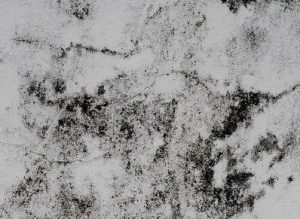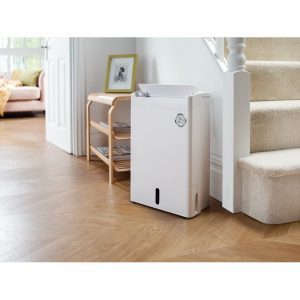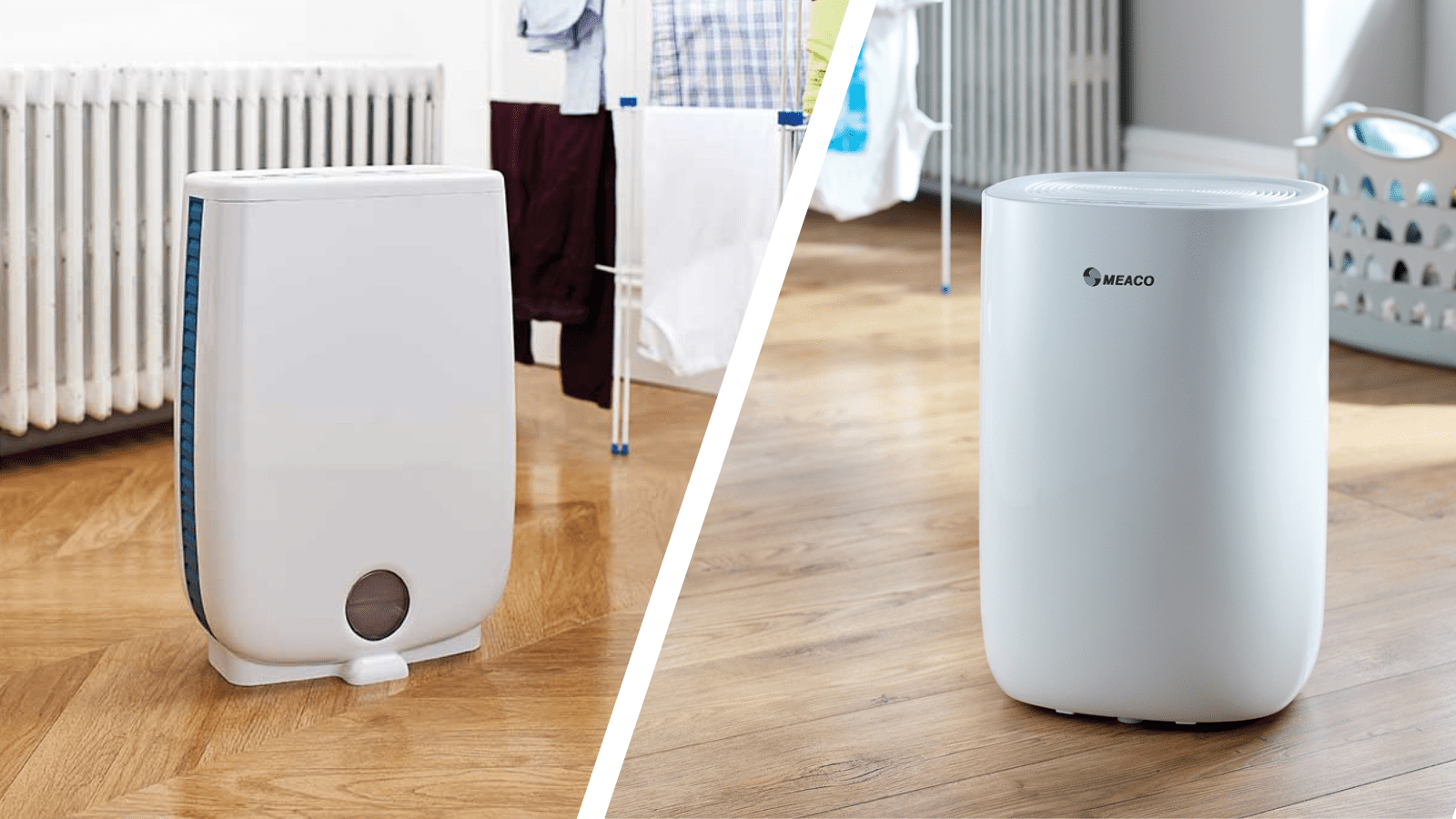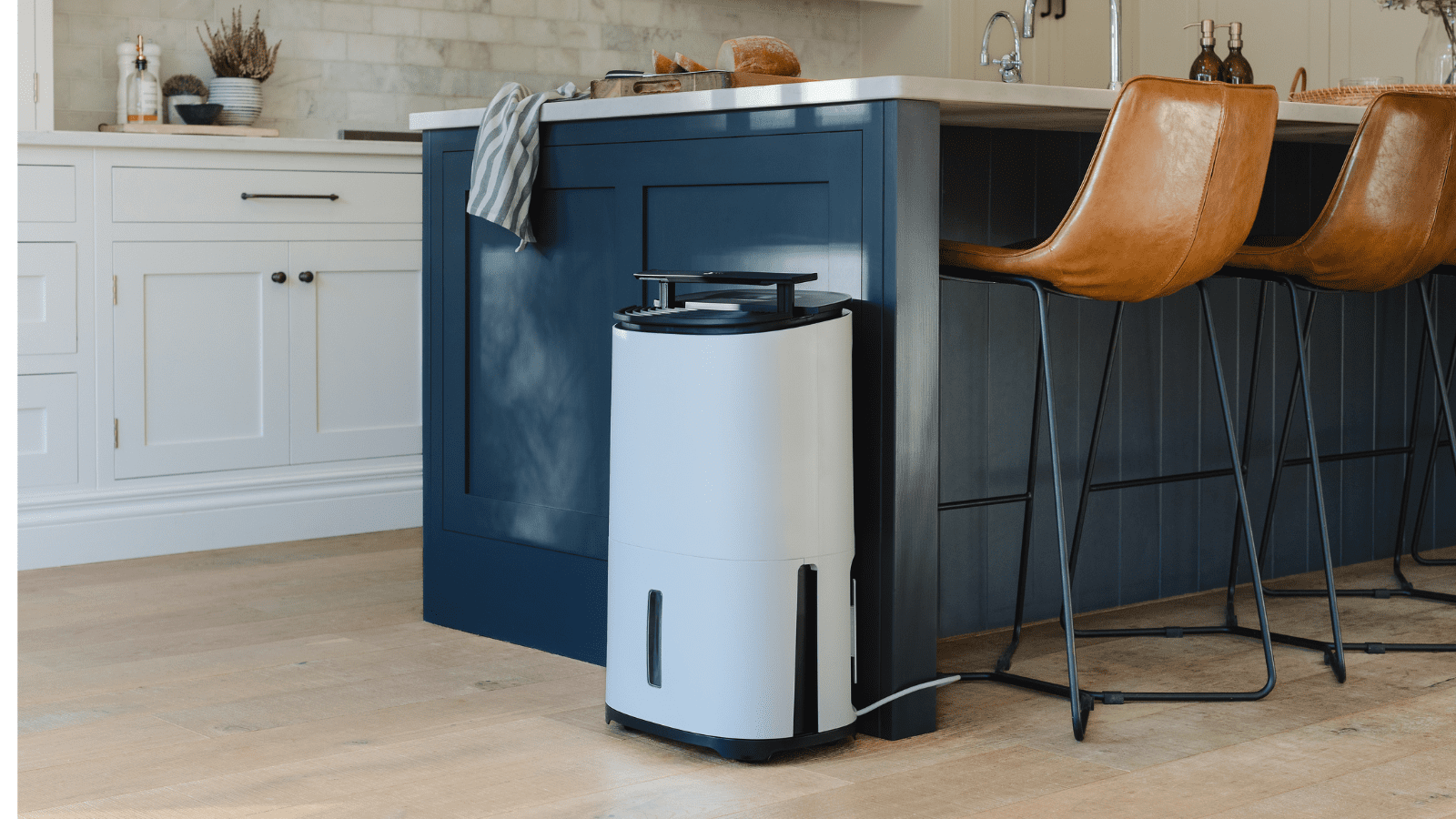As we move into the colder months, the temperature falls, and condensation in our homes rises. Condensation is caused from increased moisture levels, most noticeable as water droplets on windows, which results from the daily routine of showers, baths, boiling kettles, cooking, using a tumble dryer, drying clothes, and even breathing.
Before the days of double glazing, wall and loft insulation, this humid, stale air would find its escape route through ill-fitting windows and doors. It would be replaced by fresher, colder air. But as we hunker down for winter, closing windows and doors, this damp air is captured inside. Condensation means poor air quality and if nothing is improved this can lead to damp or mould which may have a very negative impact on health and the fabric of a home.
Impacts of condensation
- Water droplets can form all over windows and if unlucky, can cause puddles on windowsills

- Condensation can develop on outside walls in extreme cases
- Mould can commonly grow in the bathroom, or on walls or furniture, deteriorating the property and destroying carpets, flooring, wallpaper and furnishings.
- Health can be adversely affected. Mould spores (seeds) spread around a home causing allergic reactions to some when inhaled.
- The energy efficiency of the property is reduced as heating must work harder to try and combat these issues
- Visual deterioration and structural damage to the property
- Moisture becoming entrapped within the structure can result in long term external damage resulting in costly rectification work.
Reducing condensation
To reduce condensation, you must reduce the excess moisture in the property, but simply turning up the heating in the winter will not get rid of condensation. A damp house means damp air, raising the heating thermostat will only heat up the wet air molecules.
Effective ways to combat condensation include:
- Don’t block up any air bricks
- Reduce moisture:
- Put lids on saucepans when you boil or steam vegetables.
- Use an extractor fan when you bathe or shower or open the window for five minutes afterwards.
- Don’t dry washing on radiators, use a clothes horse and put it in a room with an extractor fan.
- If drying clothes in a tumble dryer make sure it vents to outside.
- Warm-up your house:
- Open curtains and blinds during the day to warm rooms up and prevent moisture being trapped around the windows.
- Don’t let furniture touch outside walls: leave a small gap
- Open doors of built-in wardrobes sat against outside walls and try to avoid clothing and shoes from touching outside walls
- Keep gutters clear to make sure water does not spill down your walls


Meaco DD8L Zambezi – ideal for drying clothes indoors - Don’t build patios above the damp course
- Consider buying a dehumidifier. They work by reducing the level of humidity in the air, through sucking in air from the room at one end, removing the moisture, and then blowing it back out into the room again. The Meaco DD8L Zambezi dehumidifier has a Which? Best Buy Award, works well at low temperatures, is cheaper than using a tumble dryer to dry clothes, and as a desiccant dehumidifier, adds warmth back into a room.
A small property will need a small quiet dehumidifier and one that can be moved between rooms. The MeacoDry ABC 10L and 12 range have been designed with flats in mind, with a whisper-quiet noise level of 35dB, low-weight and availability in a choice of colours. The MeacoDry 20L is designed for the larger home. All have a been accredited with a Quiet Mark after extensive testing found them to be the quietest products.
If you have any questions or need any advice about which dehumidifier is best for your requirements, please get in touch. Our team has a wealth of expertise and would be happy to help. Please phone us on 01483 234900 or email: sales@meaco.com
Products featured: Meaco DD8L Zambezi , MeacoDry ABC 10L and 12 , MeacoDry 20L








20 Responses
My Meaco 10L small home dehumidifier has become very noisy. How ong before I need to replace>
Rita,
I don’t know how old your machine is or which one you have. But things that make a machine noisy include a dirty filter and not being on a flat surface.
Chris